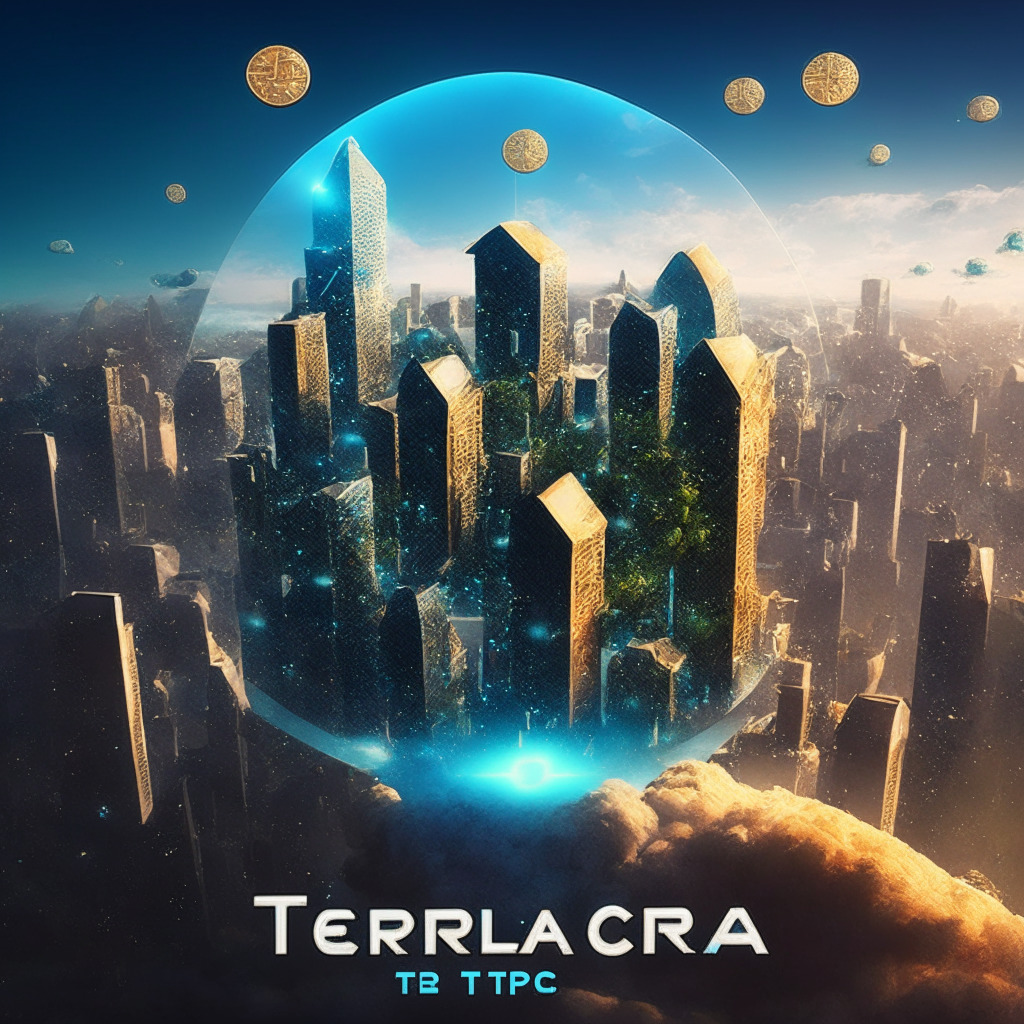Bank messaging network Swift recently published a report asserting that blockchain integration is a more tenable solution in the short-term compared to the unification of Central Bank Digital Currencies (CBDCs) with tokenized assets on a single ledger. The report, “Connecting blockchains: Overcoming fragmentation in tokenised assets,” claims that connecting existing systems with blockchains is a more feasible approach towards market development. Swift asserts that this solution addresses the substantial “lack of secure interoperability” between diverse blockchain networks which, in turn, leads to inefficiencies and a poor user experience.
In collaboration with various financial institutions and blockchain oracle network provider Chainlink, Swift showcased its potential to act as a single point of access to multiple networks using existing infrastructure. According to the financial giant, this ability greatly reduces operational challenges and costs for institutions that aim to support tokenized assets.
Tom Zschach, Swift’s chief innovation officer, further elaborates on the relevance of Swift’s infrastructure to the future of tokenization. Zschach stated that tokenization could reach its maximum potential only when institutions gain the ability to connect to the entire financial ecosystem. Existing secure and trusted Swift’s infrastructure, he claims, can offer this central point of access.
On another note, the report lists several potential benefits of tokenization. Increased liquidity and automation, improved transparency and security are among these advantageous factors listed. However, despite these promising benefits, Swift warns about significant challenges like the ongoing development of necessary legal and regulatory frameworks.
Furthermore, the financial institution pointed out that the banking infrastructure faces significant hurdles, such as legal and regulatory frameworks that are still under development. Swift posits that making transactions with tokenized assets remains challenging for institutions due to these uncertainties. With the increasing trend towards tokenization, Swift’s role in providing secure interoperability for diverse blockchain networks could prove pivotal in shaping the future of digital currencies.
While their stand on incorporating blockchain integration might be commendable, there exists an undercurrent of caution. Swift’s acknowledgment of looming legal and regulatory frameworks emphasizes that while breakthrough technology can be exhilarating, the path towards broad application is fraught with unresolved challenges.
In essence, Swift‘s report forms a fascinating exploration of how existing systems can interface with new technology, reinforcing a balanced perspective: excitement for promising advancements coupled with recognition of the challenges inevitably associated with pioneering effort.
Source: Cointelegraph




